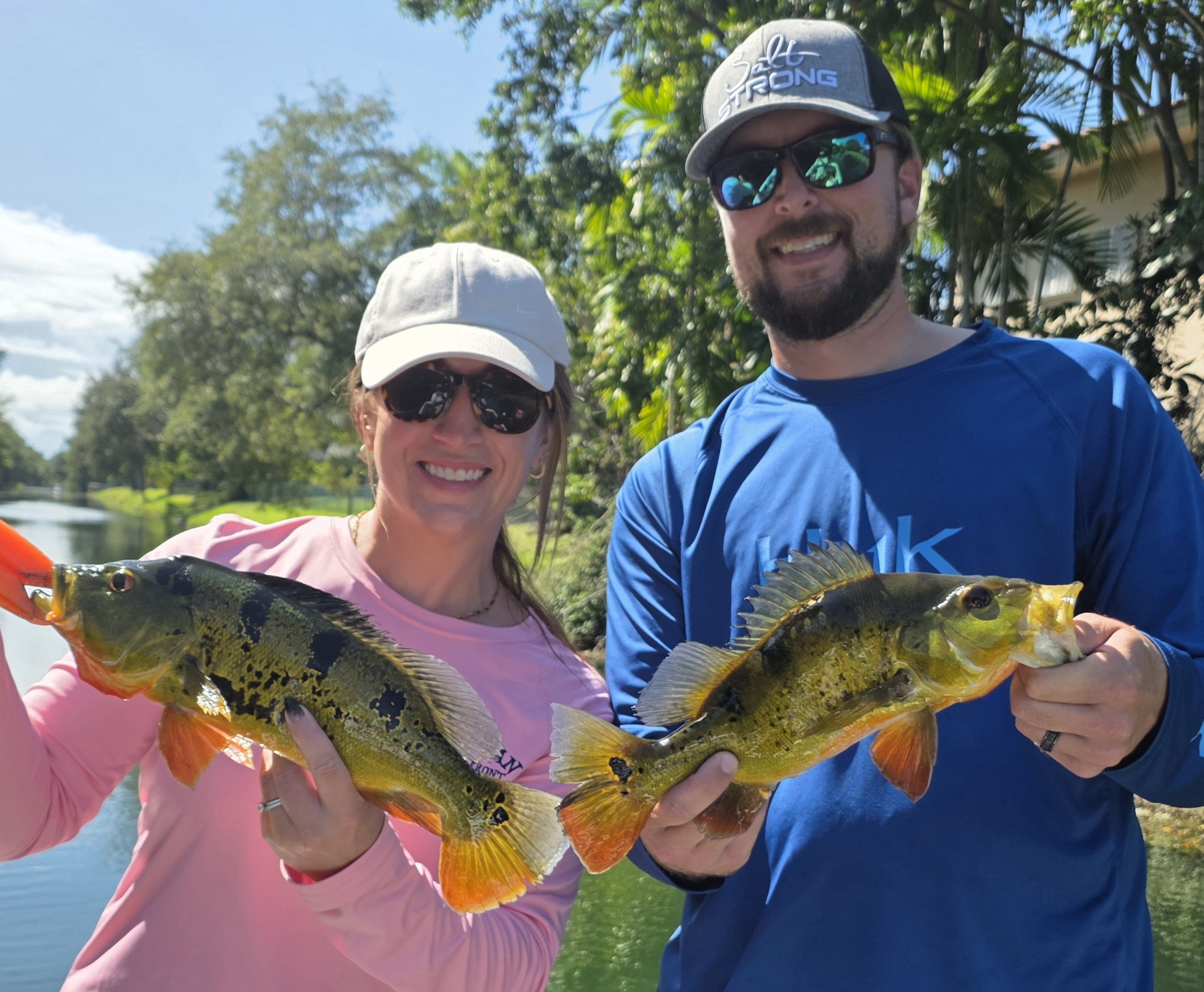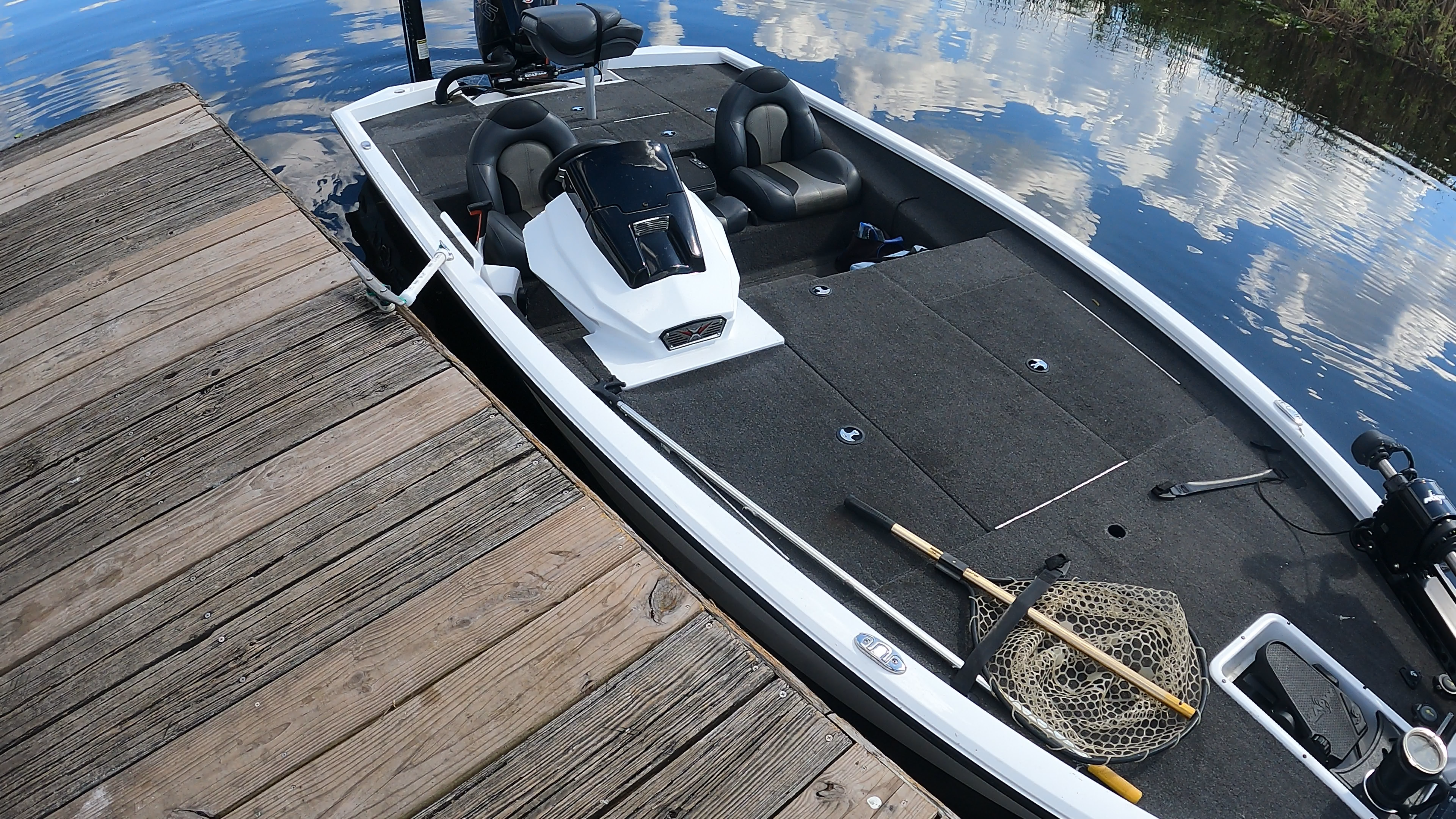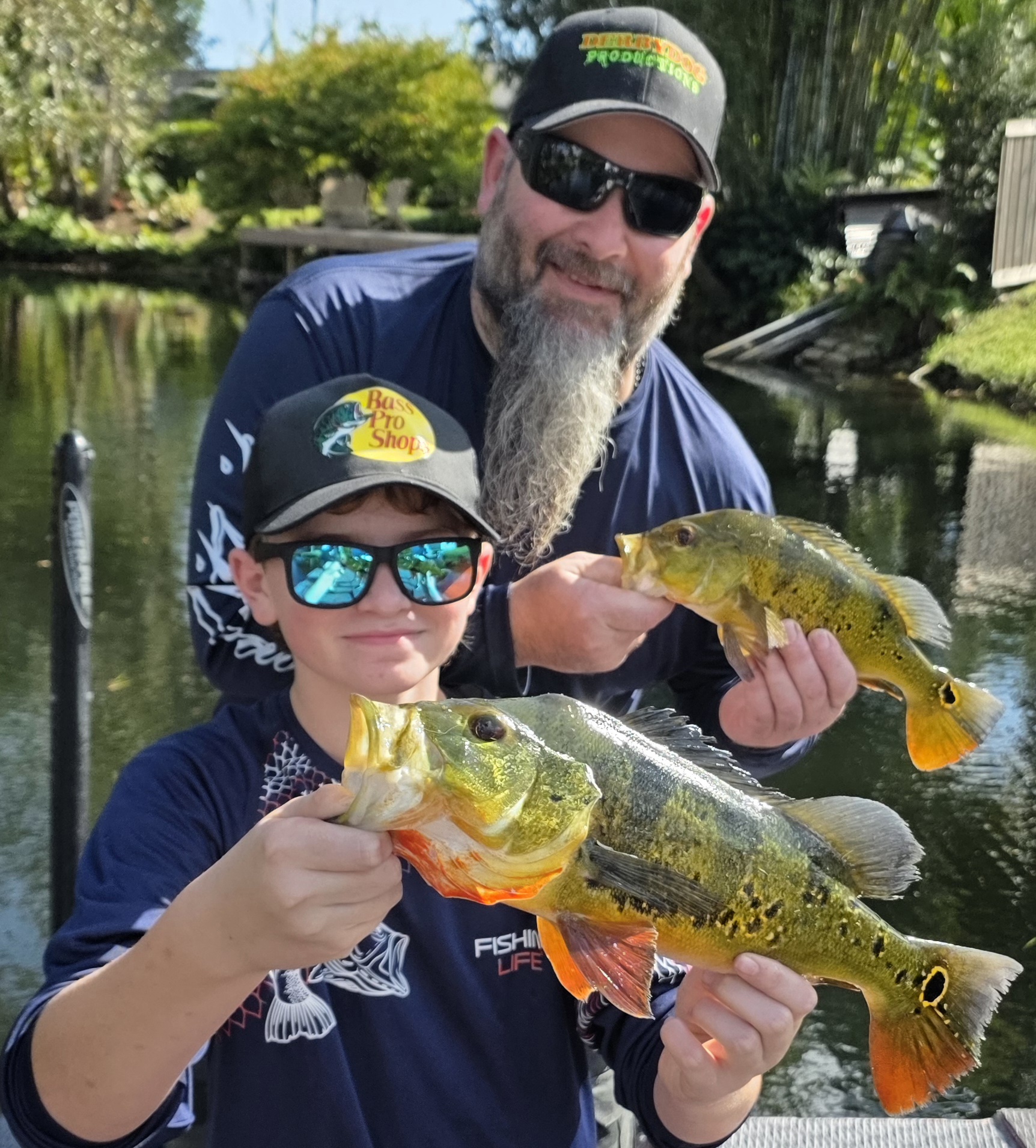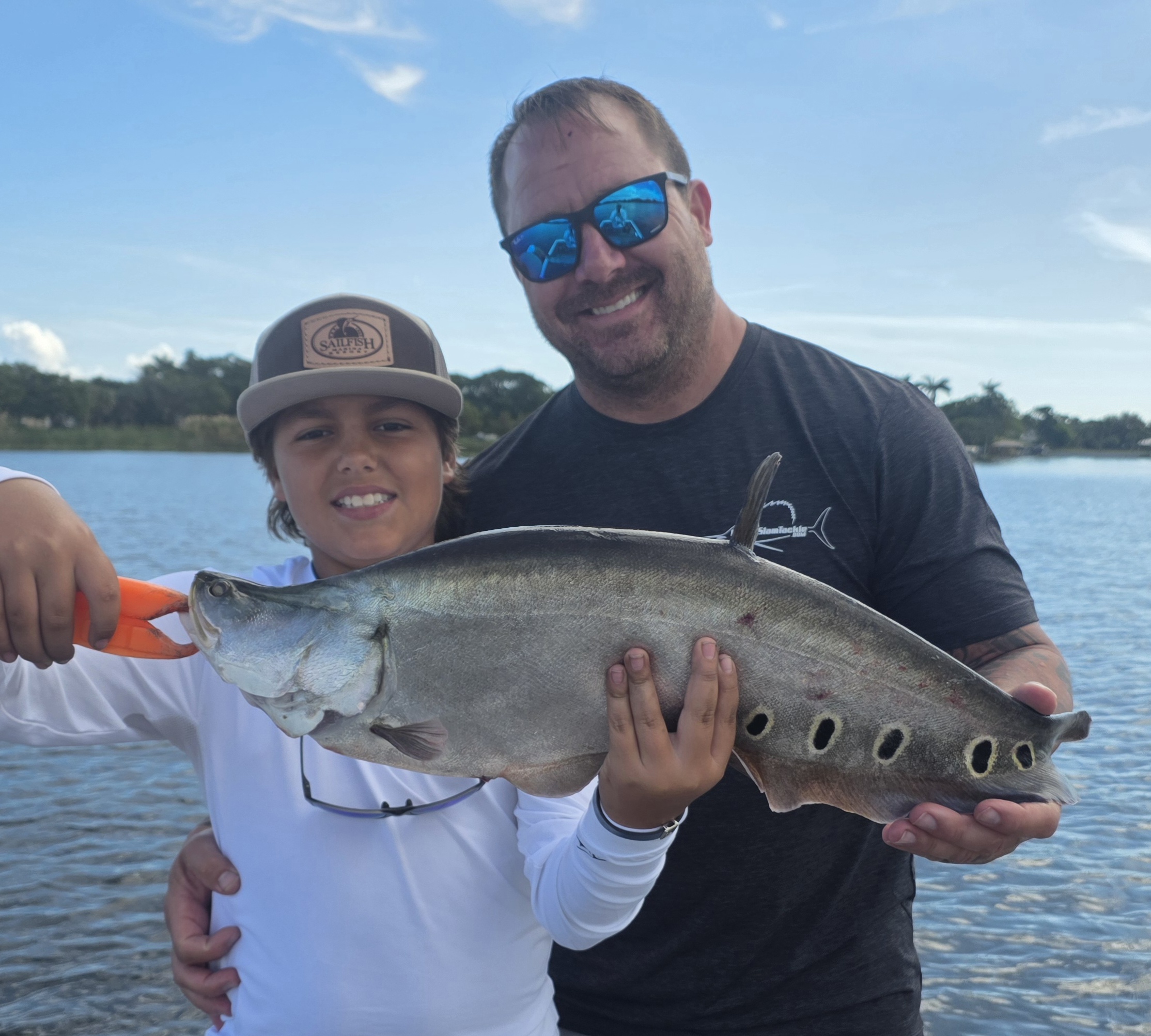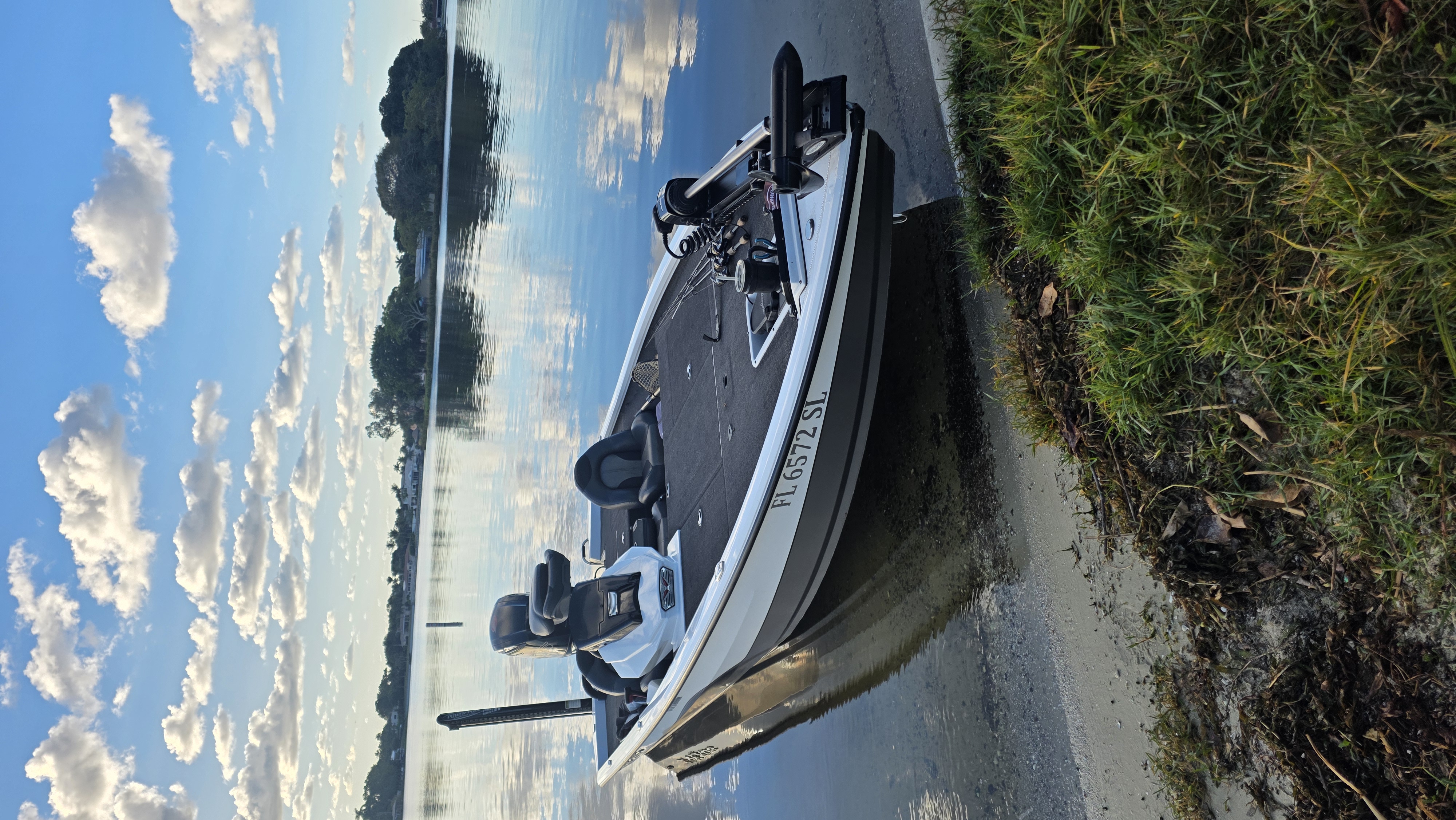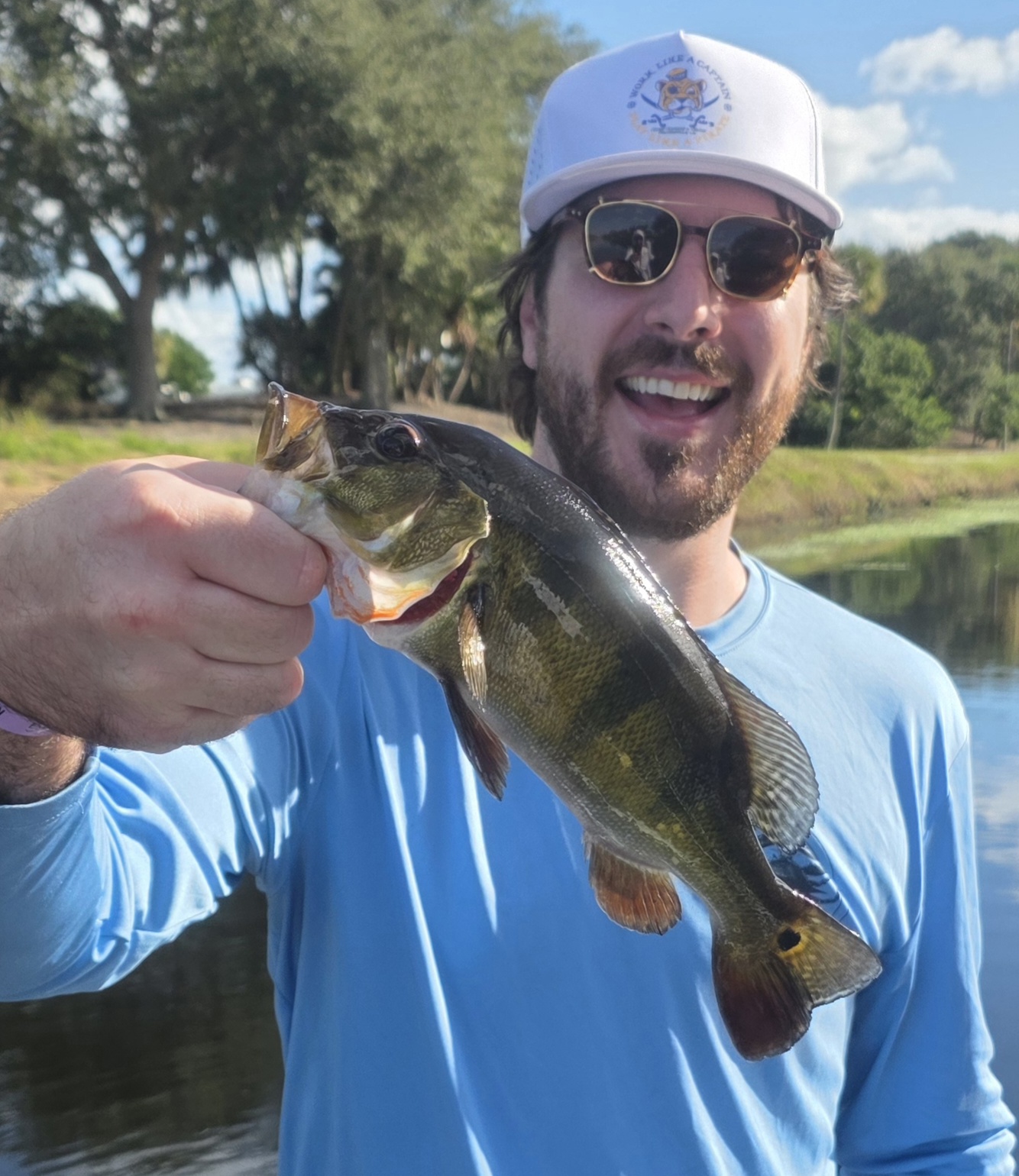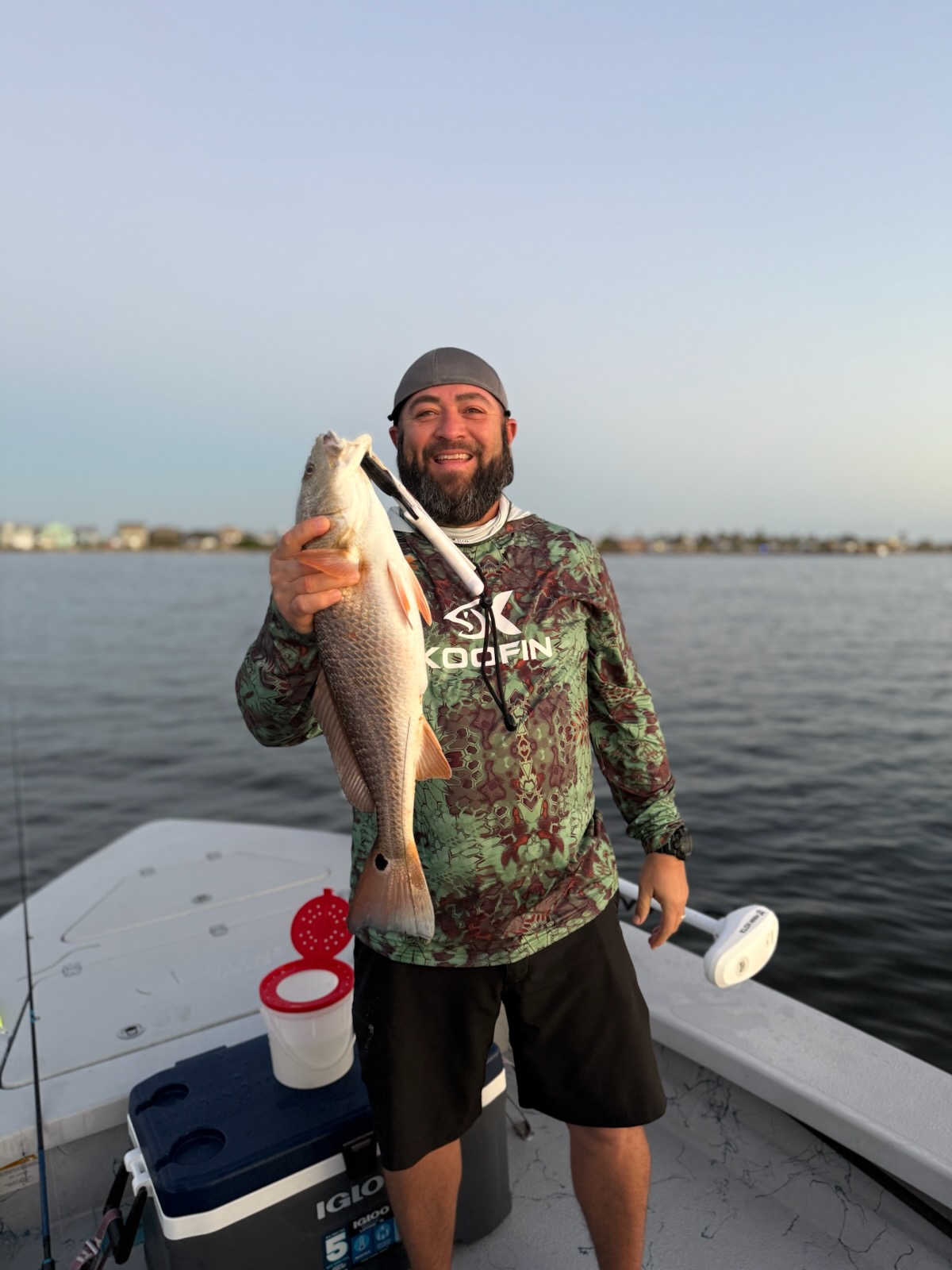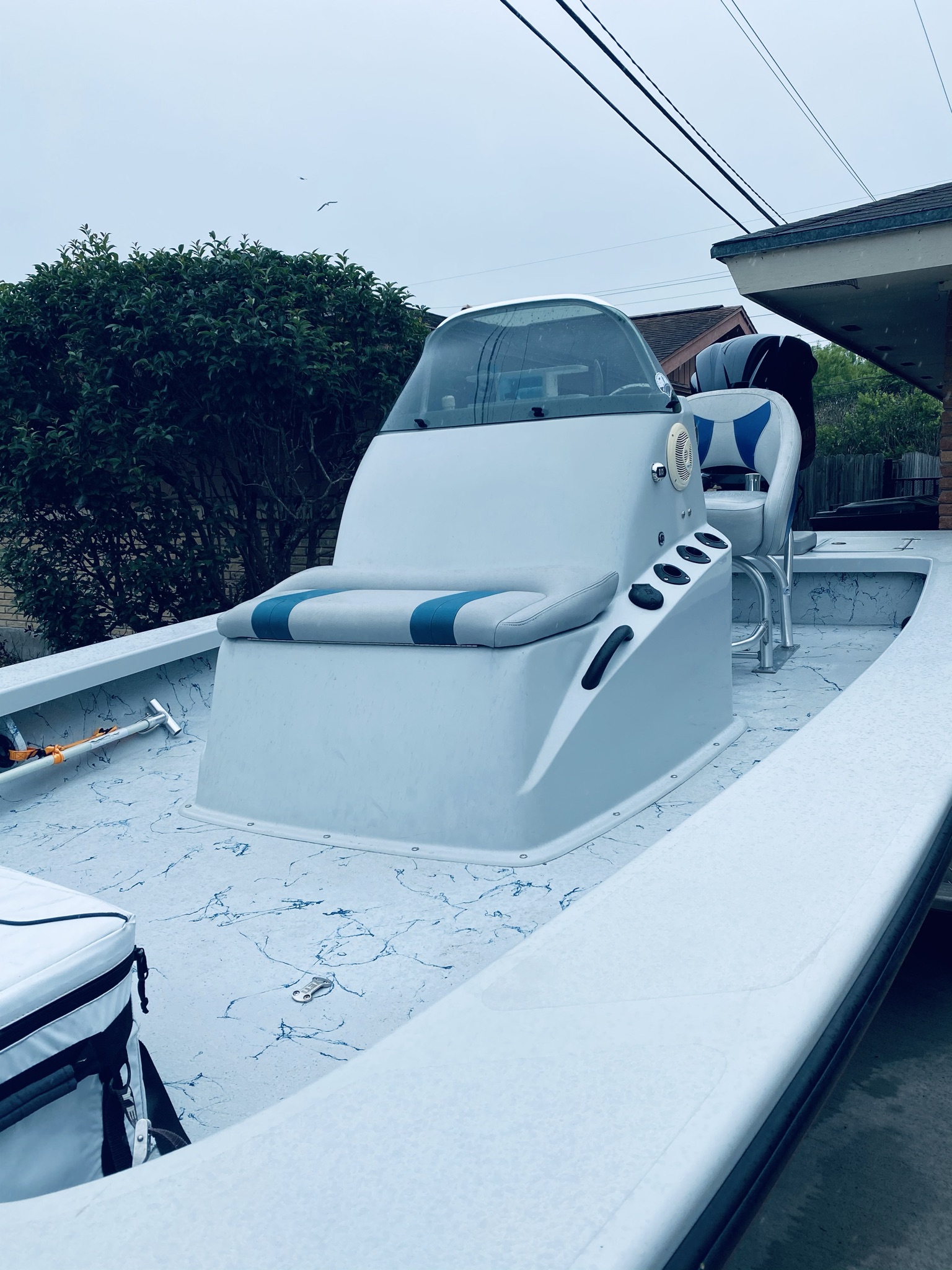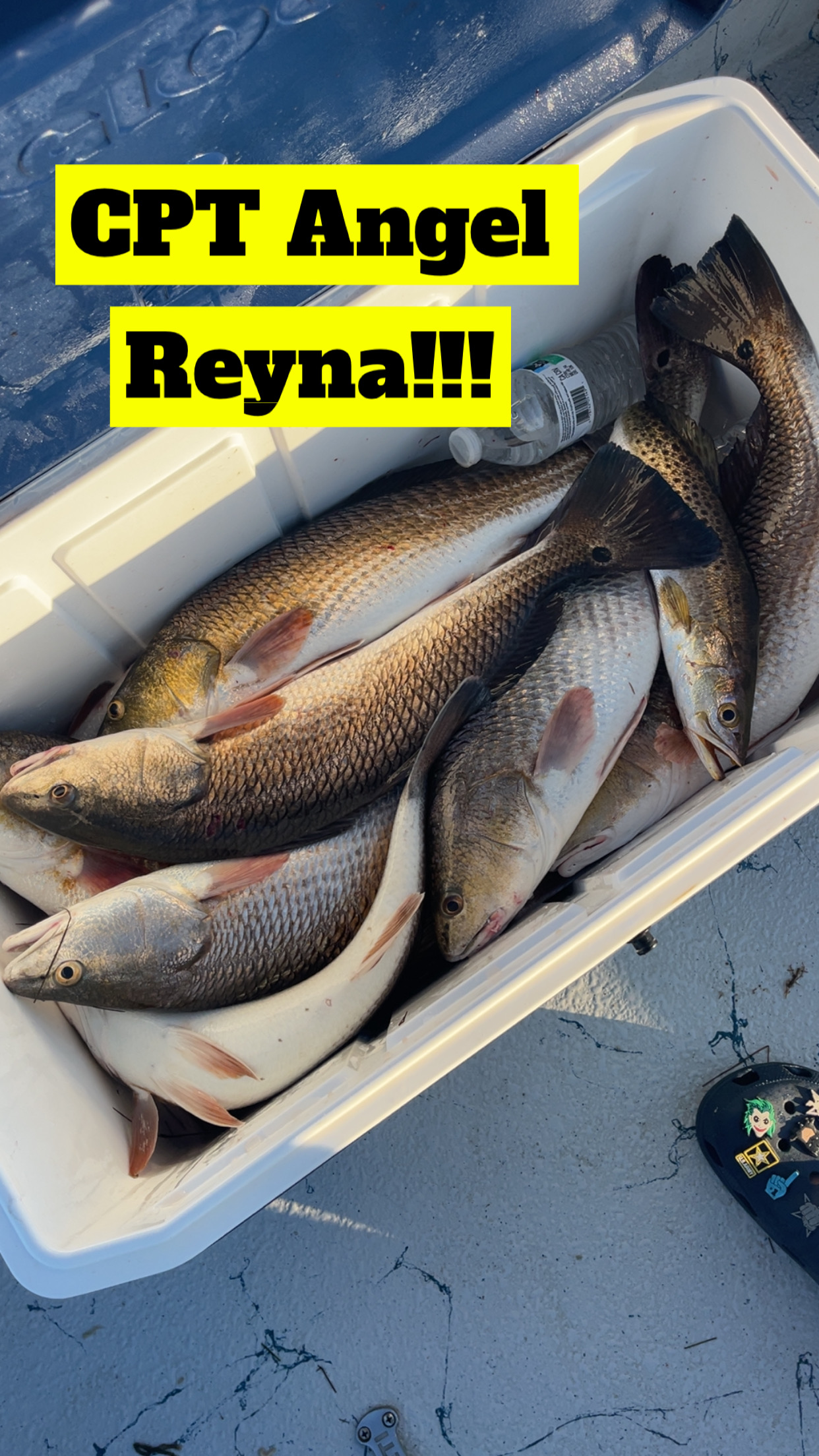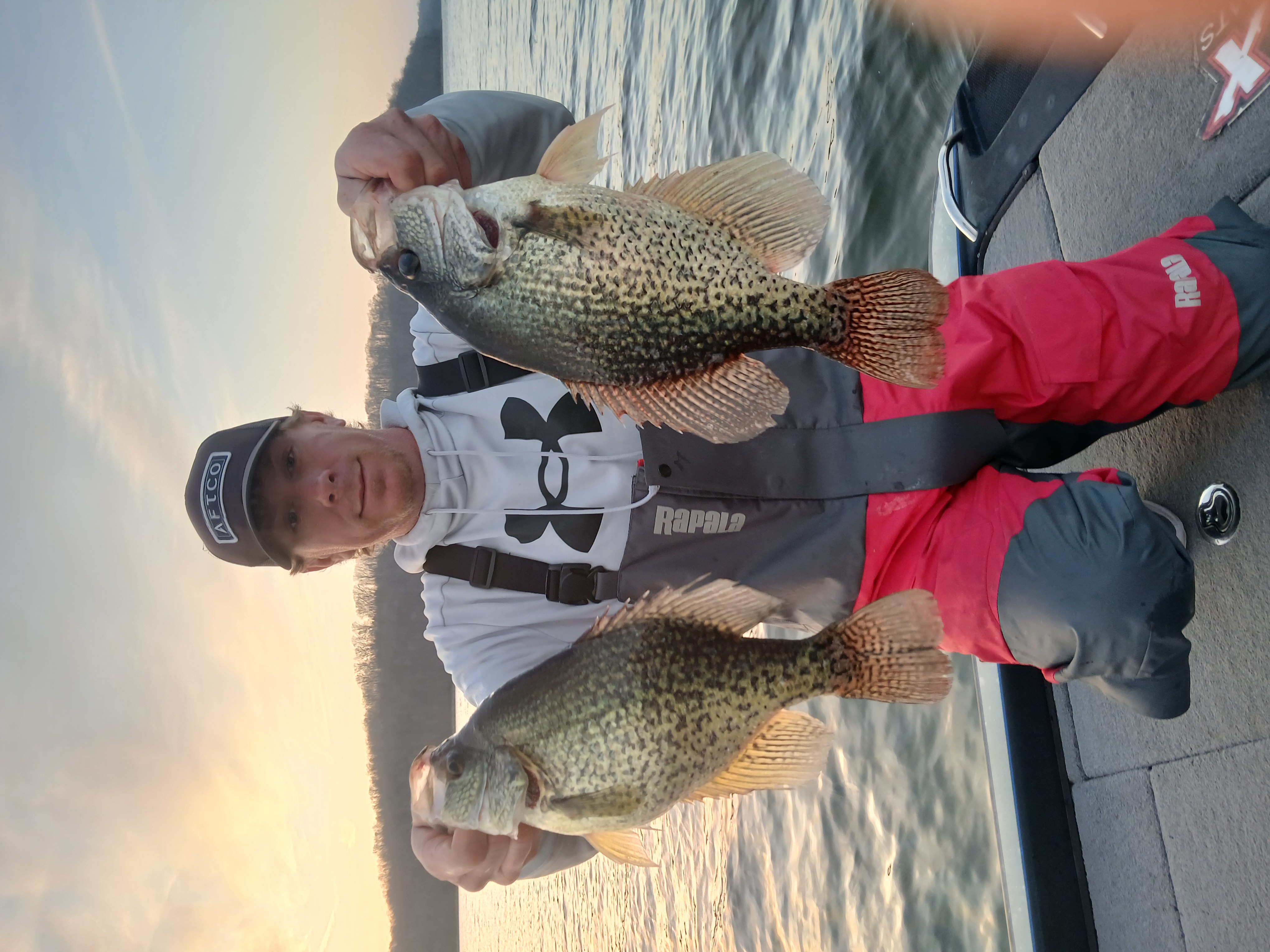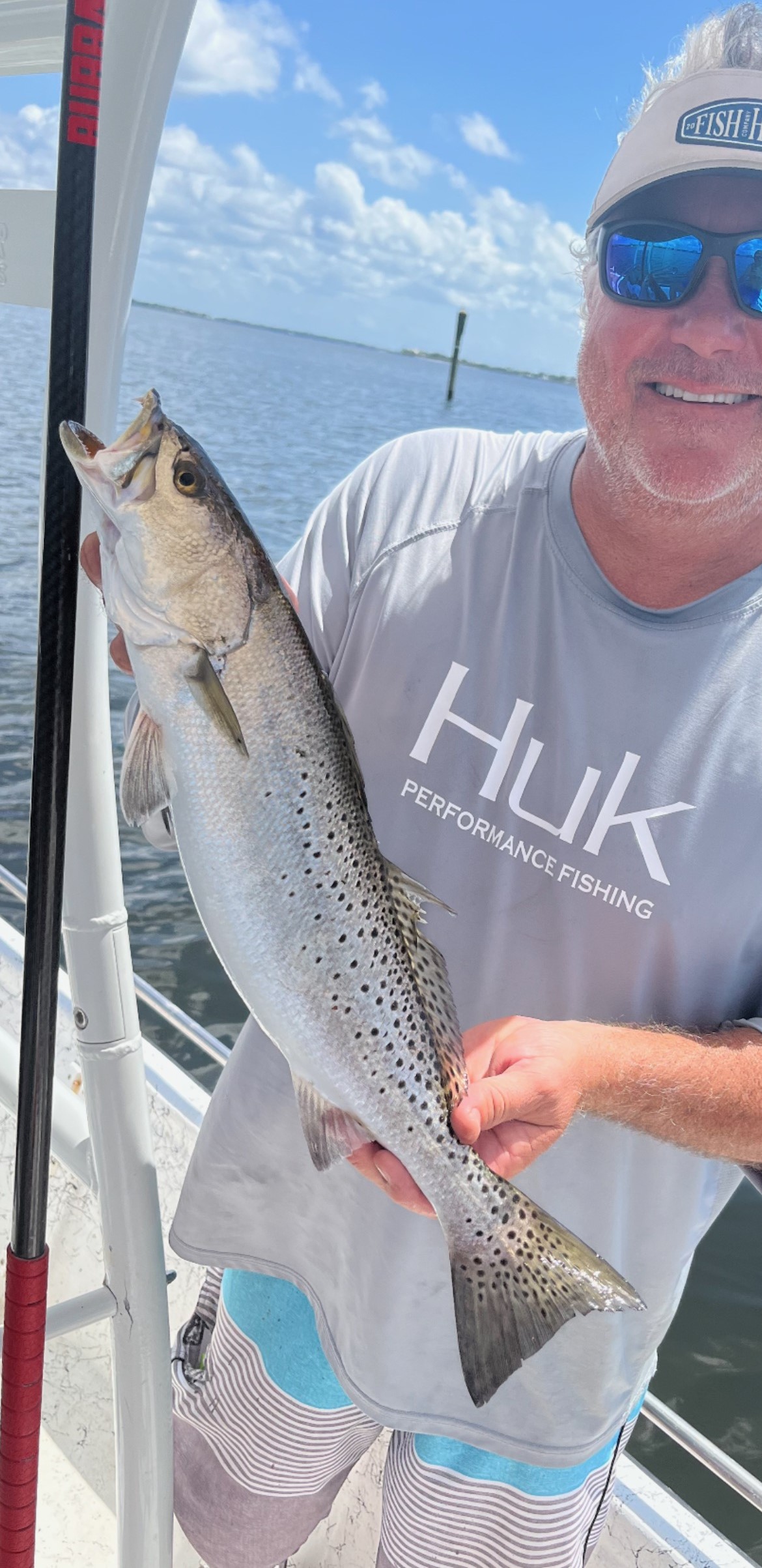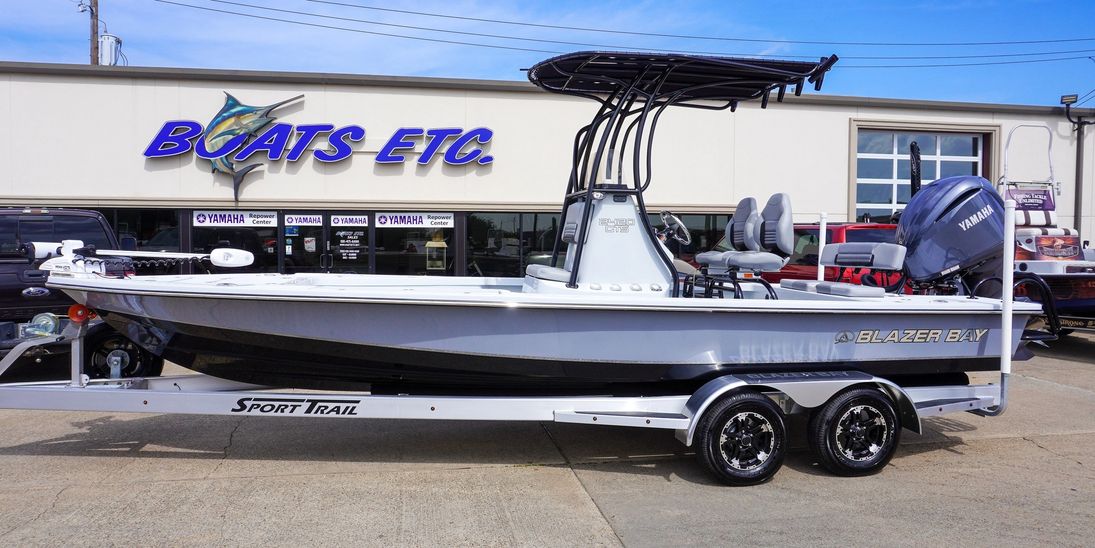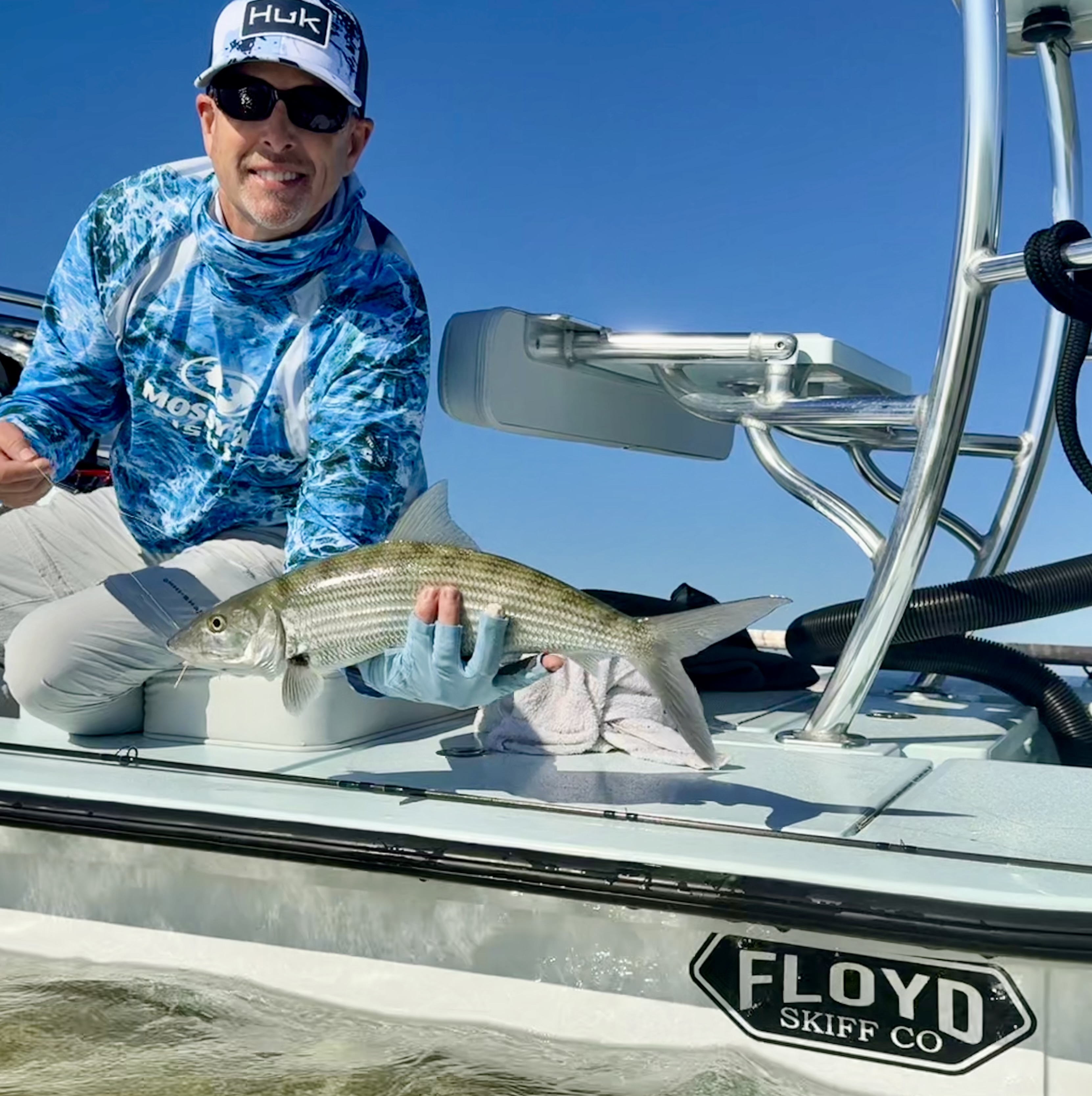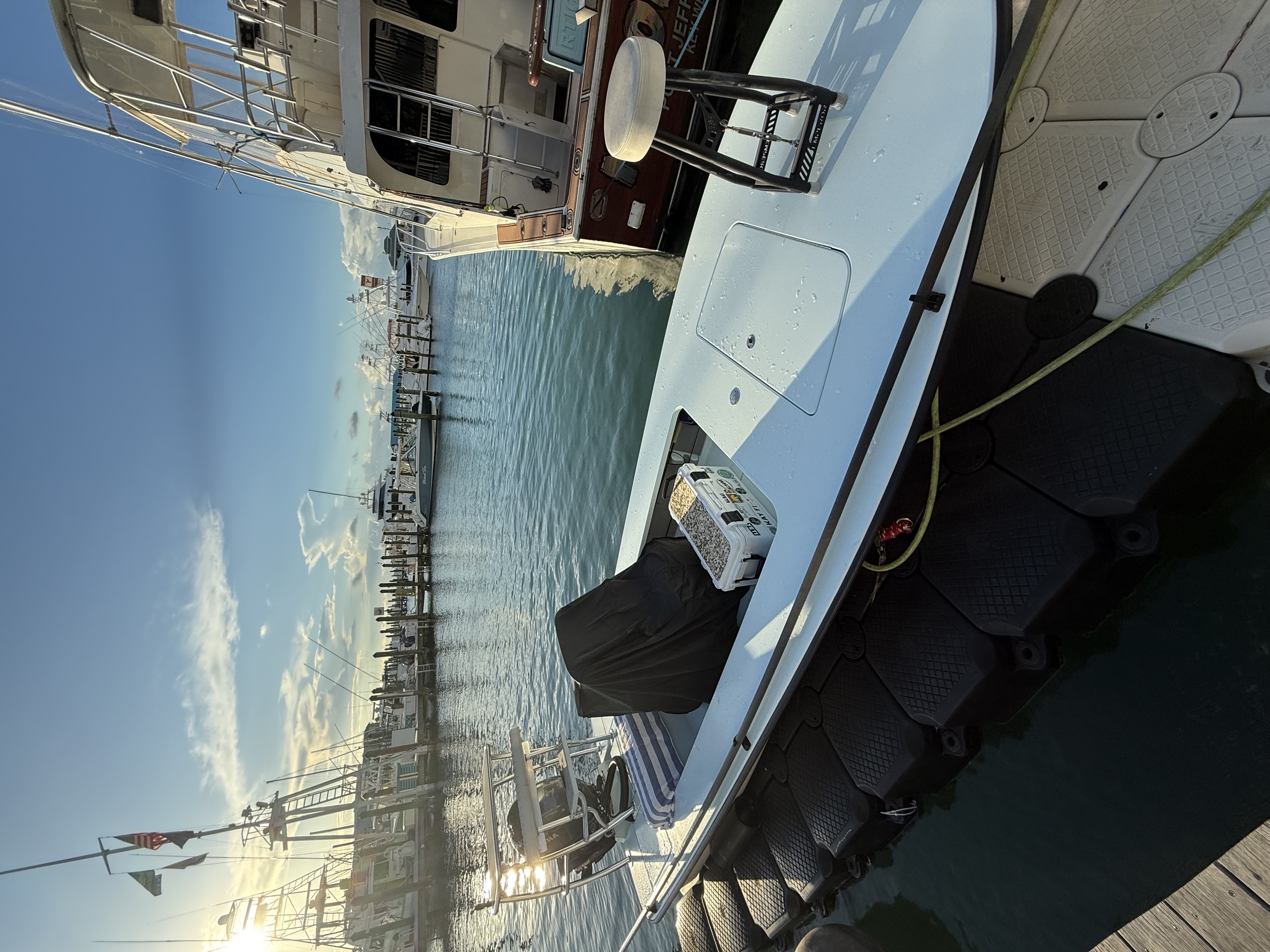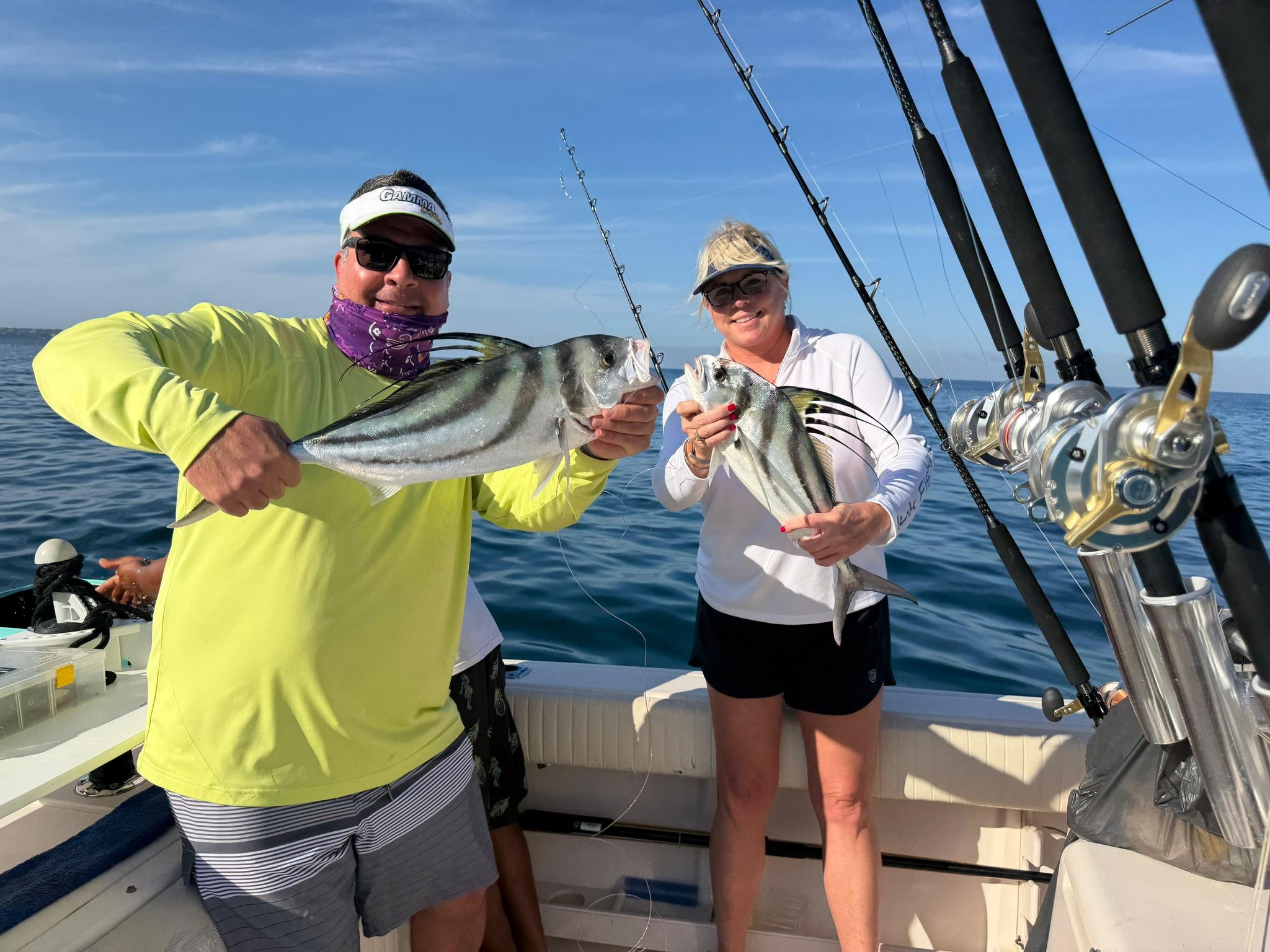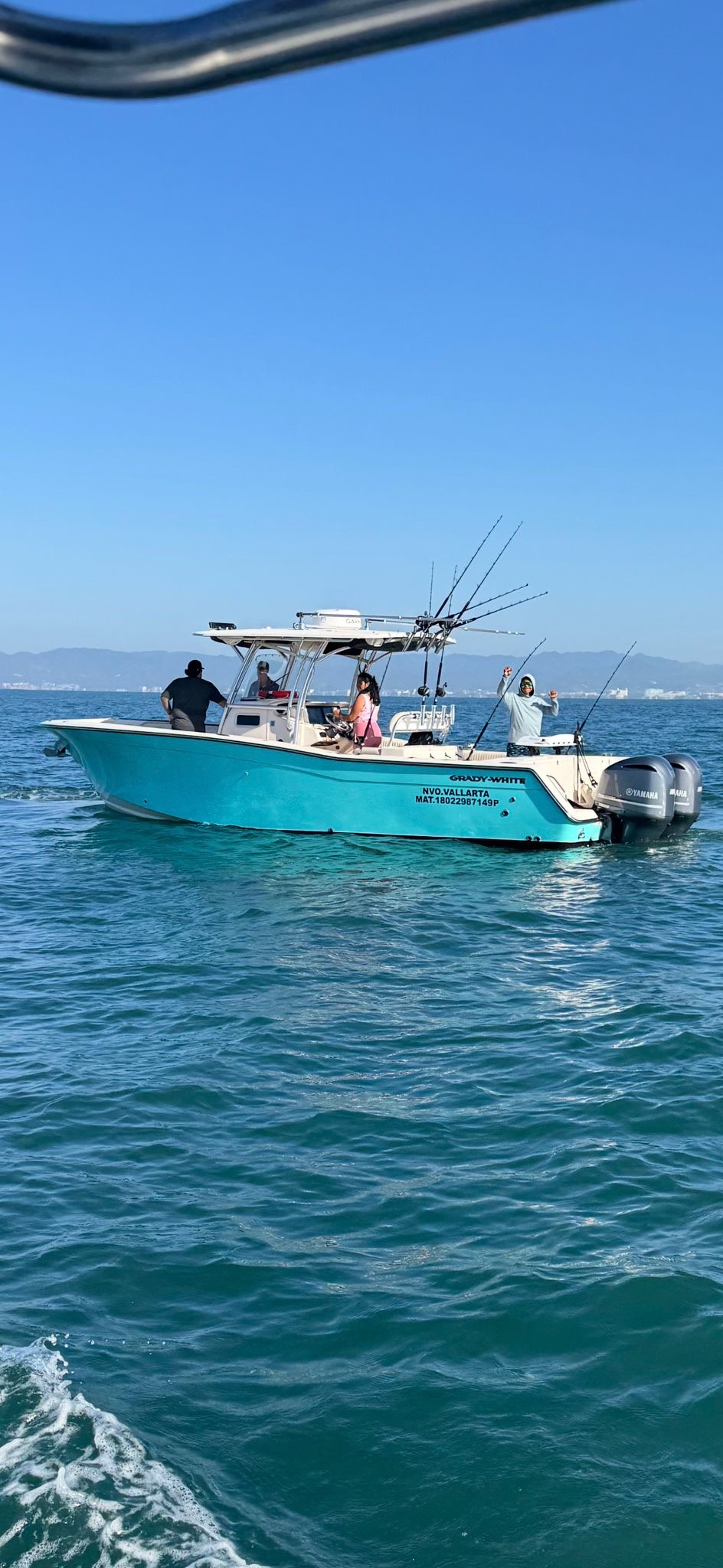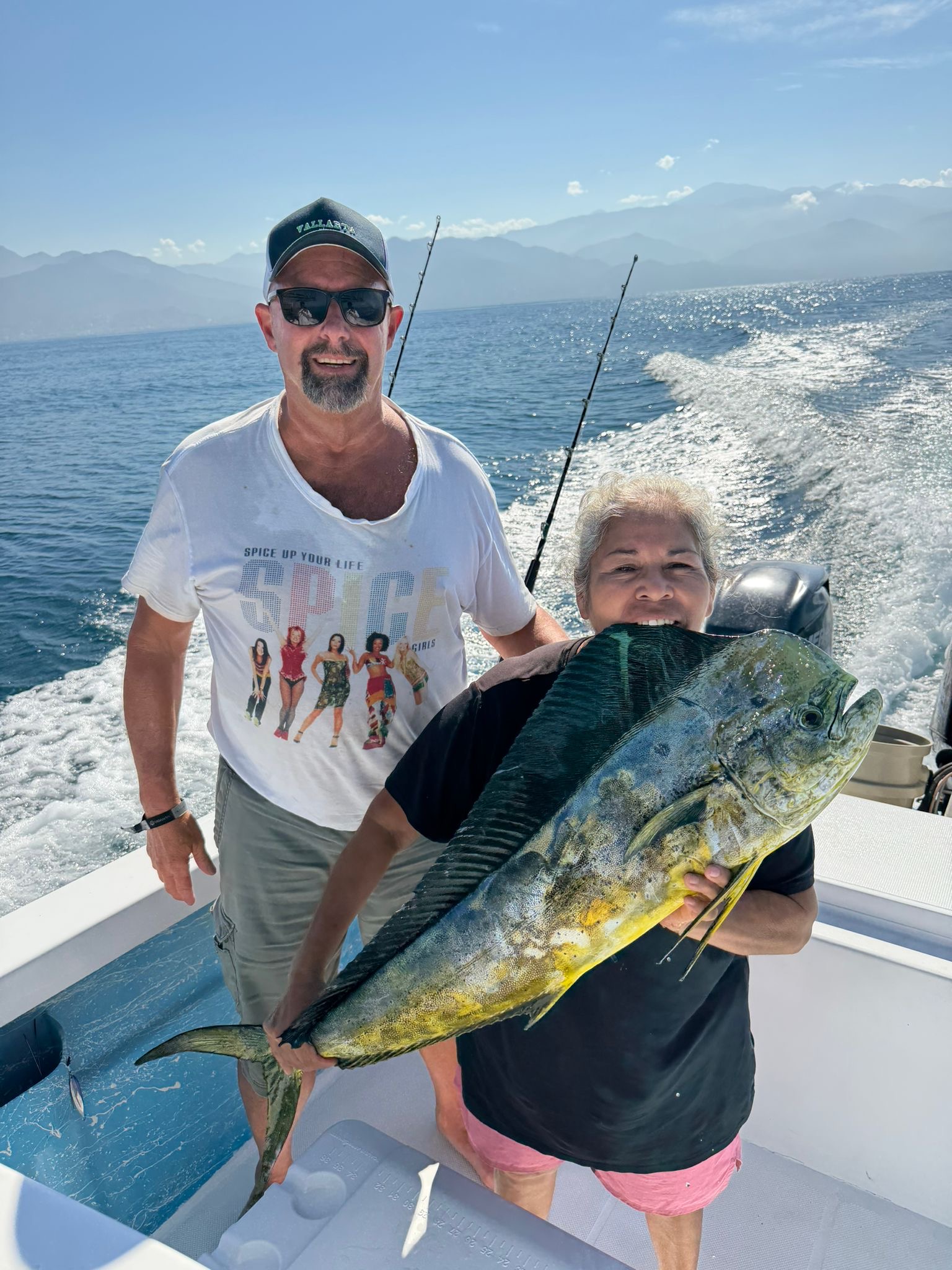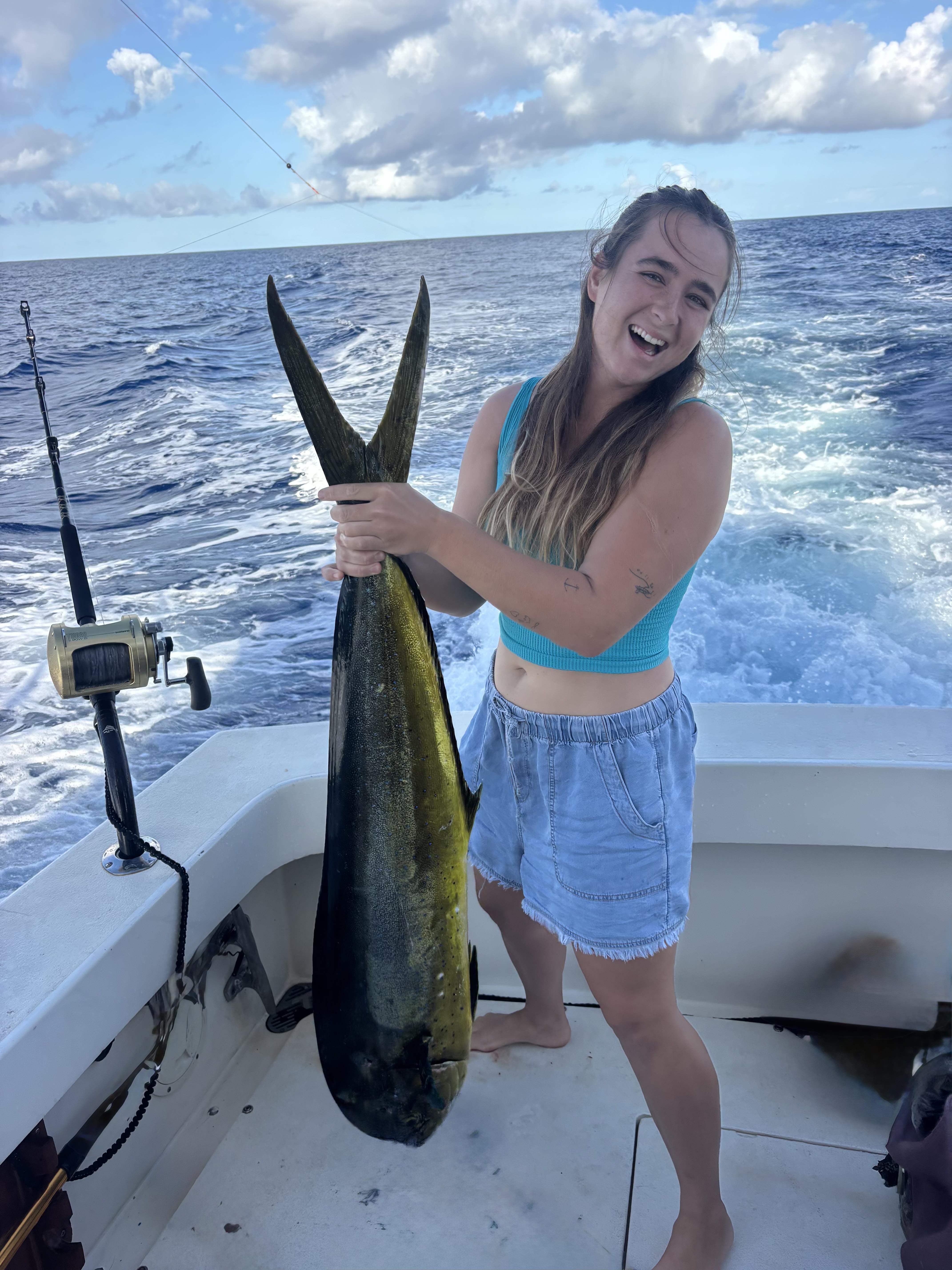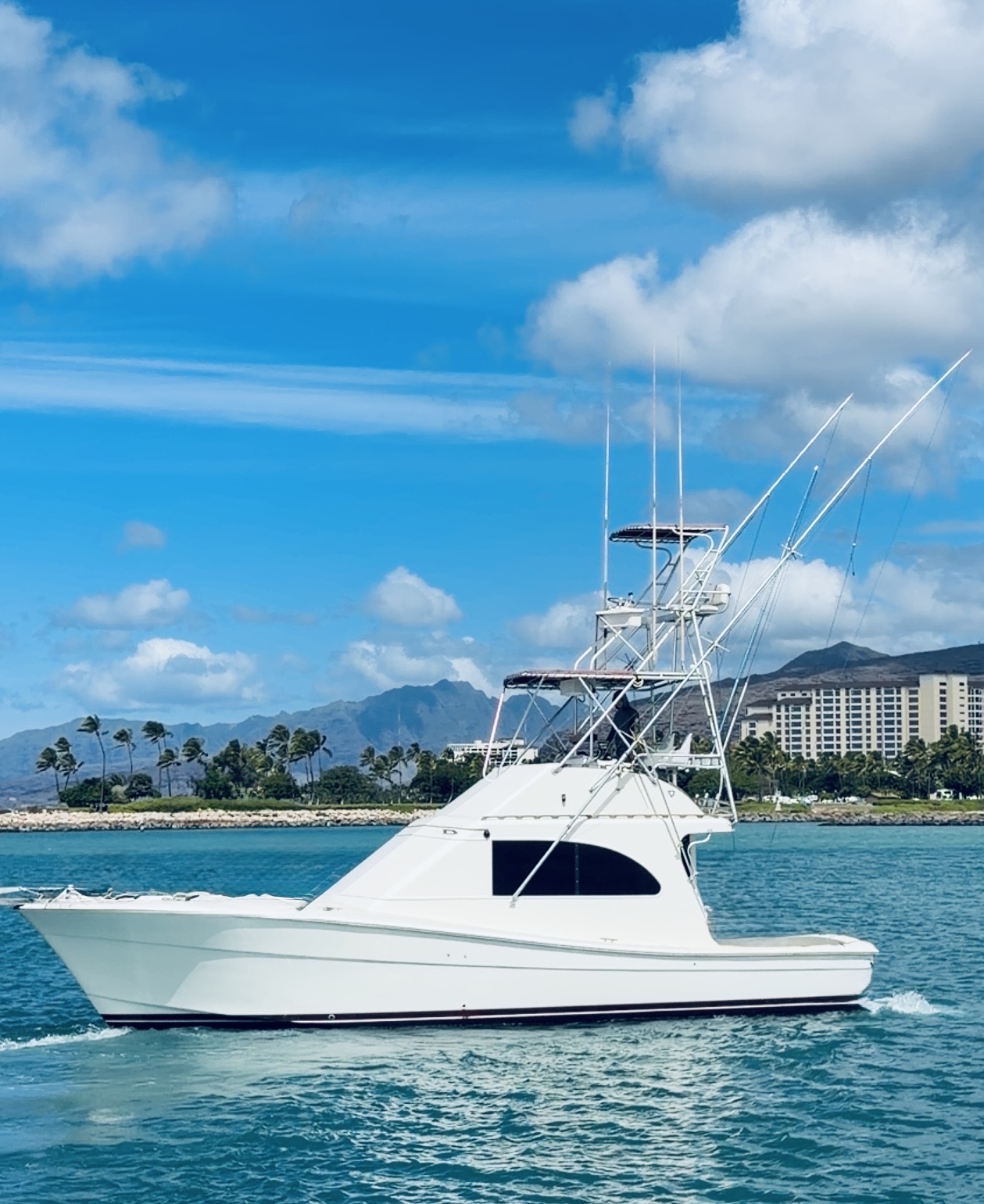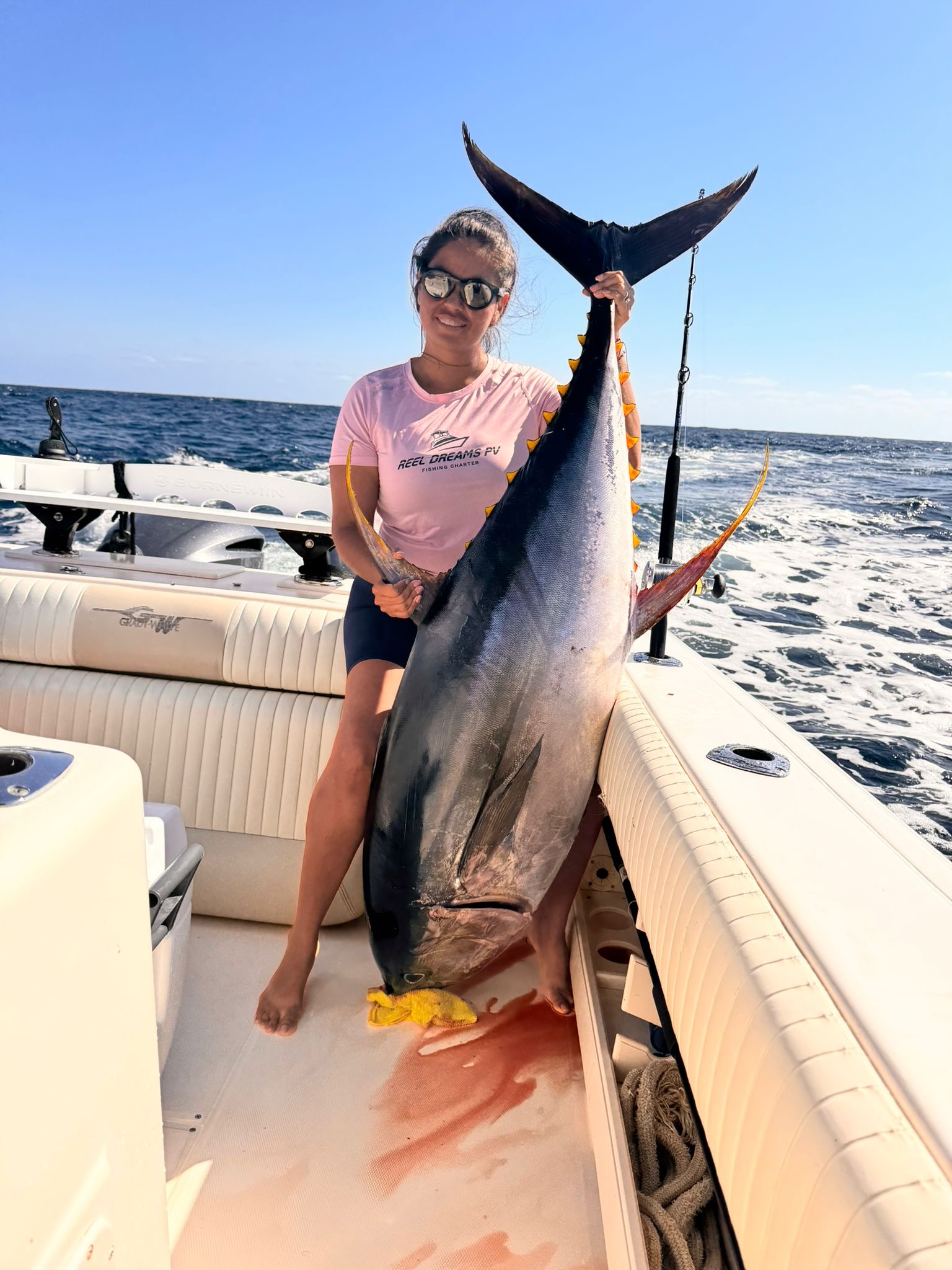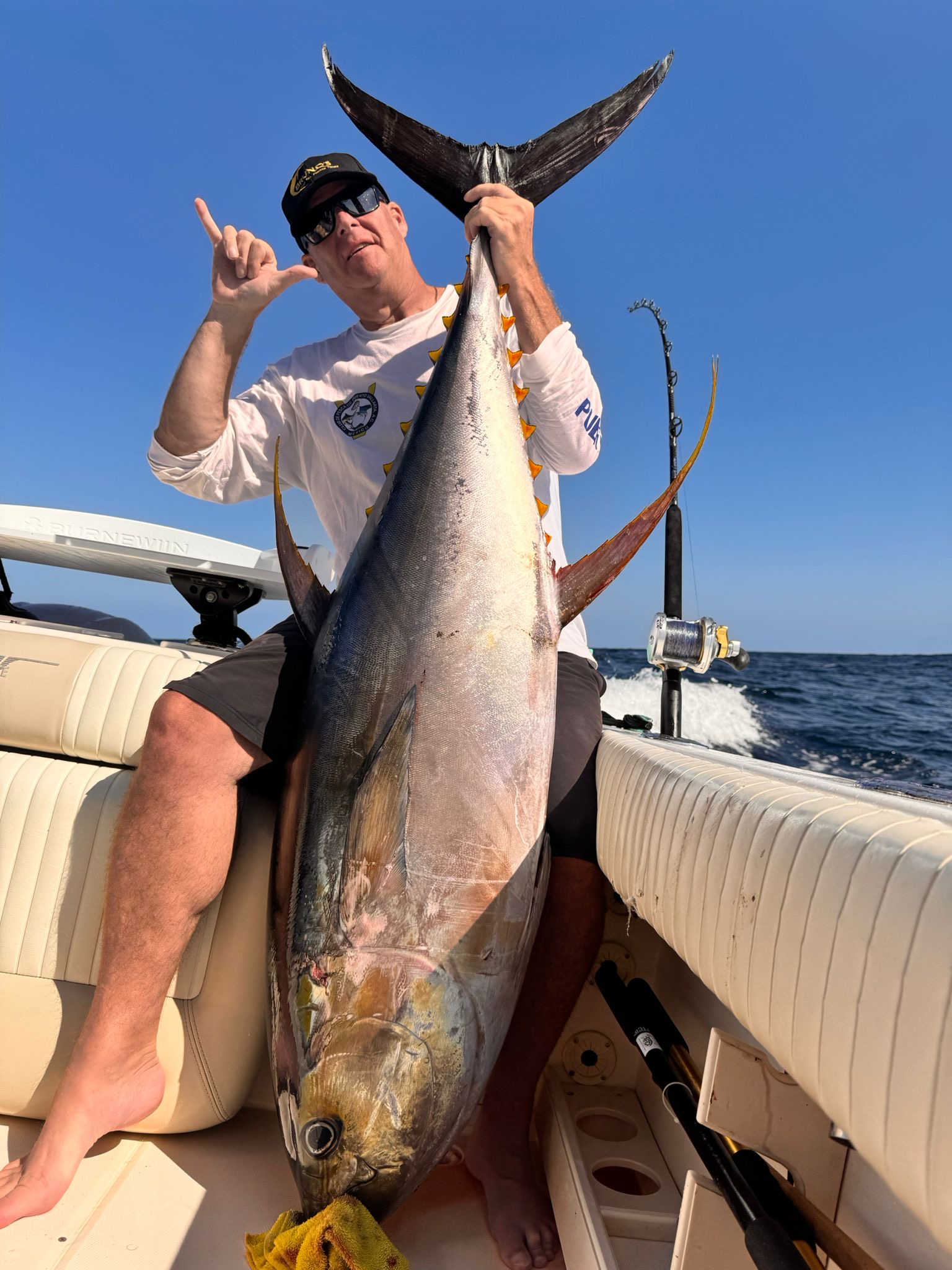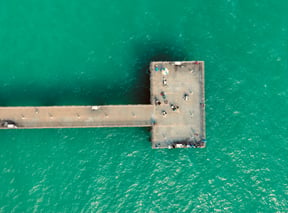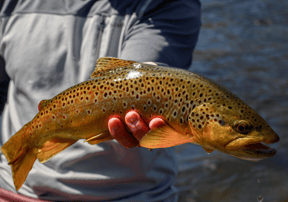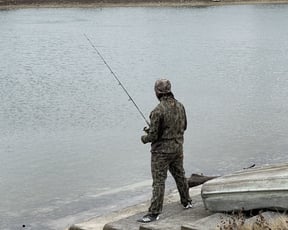Miami Peacock (4-8HR)
Lake Ida (4-8HR)
Inshore Fishing in Corpus Christi
Hook, Line & Memories Fishing Trip
Normandy Livescope Crappie Trip
Inshore, Nearshore Fishing in Orange Beach
Spring Break 6 Hour Special Rate
Inshore Fishing Sanibel PineIsland
Inshore, Flats Fishing in Key West
4-8 Hour Inshore Fishing Trip
Inshore, Deep Sea Fishing in Puerto Vallarta
31 Ft Grady White Half Day
Deep Sea Fishing in Kailua-Kona
Half Day Charter 4 Hours
Deep Sea Fishing in Puerto Vallarta
31 Ft Grady White Deep Sea Fishing
We started Captain Experiences to make it easy to book fishing and hunting guides around the world. With over 2,000 Damn Good Guides, our platform makes finding and booking a trip seamless. Head here to check out our trips.
What is Conservation?
The definition of conservation is the preservation, protection, and management of natural resources. Aldo Leopold was an author, ecologist, forester, and philosopher who founded wildlife science. Leopold had many titles attributed to him the most important of which may be “The Father of Conservation.” In his book, "Sand County Almanac", Leopold defined conservation as “a state of harmony between men and land.” This definition is a great mantra for every outdoors enthusiast, but today, conservation is more granular and has been broken down into four categories.
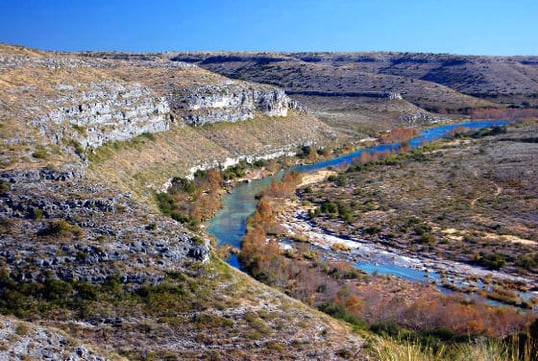
What are the Different Types of Conservation?
After Aldo Leopold’s death in 1948, conservation continued to progress and became an umbrella term that encompasses the four key components of conservation. The four types of conservation include environmental, animal, marine, and human conservation. Let’s dive into each one to gain a better understanding of what conservation is all about and the role we play.
What is Environmental Conservation?
Environmental conservation is the preservation, protection, and management of the environment to the benefit of the animals and people that rely on it. This type of conservation puts the environment at the center and links to everything that interacts with it. As humans built cities and homes, it took away some natural habitat, but we have become more conscious of our environmental impact. Protecting parks and other valuable or sensitive environments, managing and mitigating the impacts of human activities, and working to repair damaged habitats, ensures that natural resources will still be around in the future.
There are many different levels of environmental conservation that align with the basic needs for life, beginning with water. As long as there is clean water, land can support life. After water comes soil, which supports plants that in turn support animals. Although this is an oversimplified breakdown, it shows that if any of these natural resources are not managed properly, it will create an imbalance that will lead to degradation.
What is Human Conservation?
Human conservation is the relationship between people and the environment. In many instances, human conservation refers to the actions taken by humans to conserve natural resources or environmental effects on human health. The links between humans and the natural environment are numerous, but the most prevalent are human health, environmental impact, and environmental management.
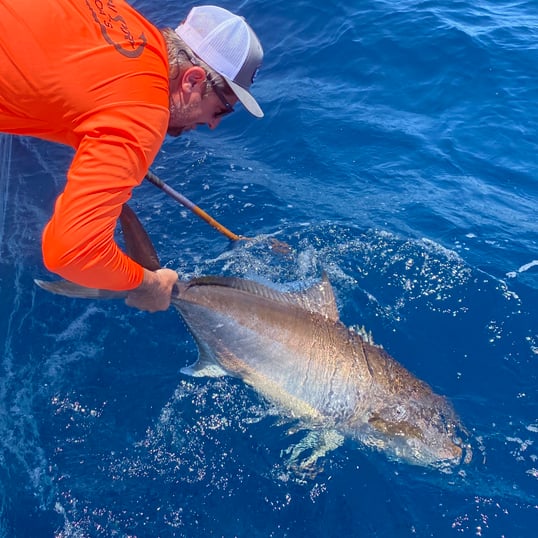
Human health is linked to the natural environment, including everything from clean water to diseases. Many of the most harmful viruses and diseases, like rabies, trichinosis, salmonella, and many more, have come from animal hosts. Human health is also improved by having environments that support clean water and air. The environmental impacts of human development cause habitat degradation and pollution that typically harm wildlife. On the other hand, technology, programs, and better information have allowed people to better manage wildlife and mitigate the effects we have on our environment.
What is Animal Conservation?
Animal conservation is the preservation, protection, and management of animals to the benefit of the environment and other organisms that rely on them. This type of conservation uses predator-prey relationships, environmental impact, and other factors to determine how a given species should be managed. Environmental and human conservation is also a big part of comprehensive population management.
Animals are managed in a variety of ways, but the three main goals are to increase population, decrease population, or improve population quality. In cases where population declines have occurred, regulations and other efforts are usually made to help the species recover. When the population of a species grows above the level at which the environment can sustain, the imbalance often has a negative effect. In situations like this, regulation changes and efforts are made to reduce the animal's population back to a sustainable level. Finally, when the population of a species is suffering from low or lack of quality individuals, selective harvest regulations, breeding programs, and habitat improvement are commonly implemented to help the population improve.
What is Marine Conservation?
Marine conservation is the preservation, protection, and management of ocean resources, which benefits almost all other environments whether directly or indirectly. The oceans of the world are unique because of the vast biodiversity that exists across the various marine ecosystems. Marine conservation includes all aspects of the marine environment, from salinity to seagulls. Principles of environmental and animal conservation are also present in marine conservation, including habitat improvement and population management.
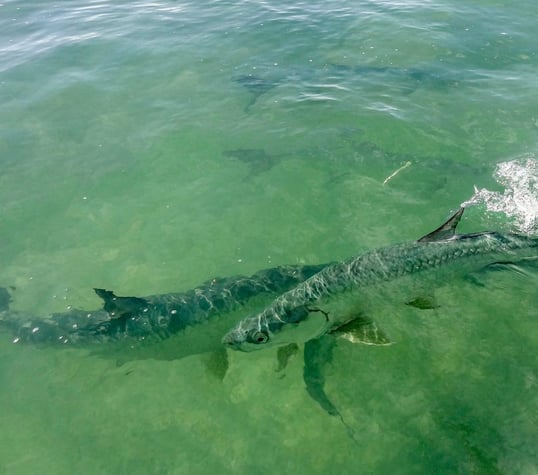
Habitat improvement is more difficult with so many environments being out of reach, but placing structures that will become artificial reefs and trash cleanup are prominent examples. Sensitive ecosystems like reefs and flats are also being protected to allow these habitats to recover or prevent damage. These protected areas can also serve as sanctuaries that allow fish to reproduce without added pressure. Animal conservation in the ocean is complex because of how interconnected every species is, but generally, species are managed in much of the same way as land animals with programs, protections, and harvest regulations.
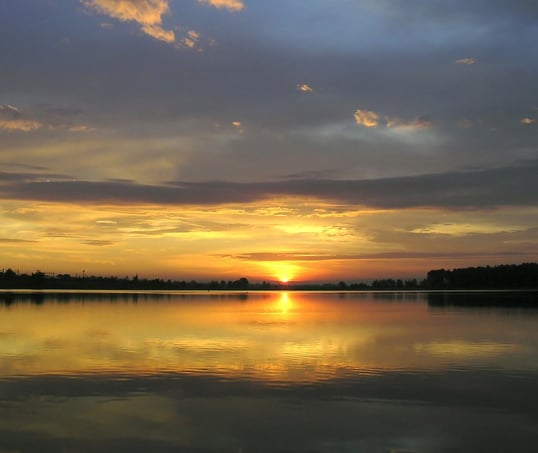
Where Do People Belong in Conservation?
While human interaction has already been discussed in almost all of the previous sections, it’s important to understand why people are so heavily involved. Humans are the only species on earth with the cognitive, physical, and conscious abilities to manage environments and their inhabitants. Up until the last 100 years, humans have expanded their footprint without conservation, but now it’s our responsibility to make sure that we protect and preserve our natural resources. Thankfully a big part of that is getting outdoors and interacting with nature.
Joey Butrus
Updated on August 2, 2023

October 26, 2020
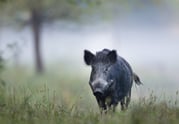
November 7, 2023

March 8, 2022

November 15, 2023
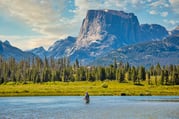
May 13, 2024
Related Articles
April 20, 2023
April 7, 2021
May 9, 2022
Featured Locations
- Fishing Charters Near Me
- Austin Fishing Guides
- Biloxi Fishing Charters
- Bradenton Fishing Charters
- Cabo San Lucas Fishing Charters
- Cancun Fishing Charters
- Cape Coral Fishing Charters
- Charleston Fishing Charters
- Clearwater Fishing Charters
- Corpus Christi Fishing Charters
- Crystal River Fishing Charters
- Dauphin Island Fishing Charters
- Daytona Beach Fishing Charters
- Destin Fishing Charters
- Fort Lauderdale Fishing Charters
- Fort Myers Fishing Charters
- Fort Walton Beach Fishing Charters
- Galveston Fishing Charters
- Gulf Shores Fishing Charters
- Hatteras Fishing Charters
- Hilton Head Fishing Charters
- Islamorada Fishing Charters
- Jacksonville Fishing Charters
- Jupiter Fishing Charters
- Key Largo Fishing Charters
- Key West Fishing Charters
- Kona Fishing Charters
- Lakeside Marblehead Fishing Charters
- Marathon Fishing Charters
- Marco Island Fishing Charters
- Miami Fishing Charters
- Montauk Fishing Charters
- Morehead City Fishing Charters
- Naples Fishing Charters
- New Orleans Fishing Charters
- New Smyrna Beach Fishing Charters
- Ocean City Fishing Charters
- Orange Beach Fishing Charters
- Panama City Beach Fishing Charters
- Pensacola Fishing Charters
- Pompano Beach Fishing Charters
- Port Aransas Fishing Charters
- Port Orange Fishing Charters
- Rockport Fishing Charters
- San Diego Fishing Charters
- San Juan Fishing Charters
- Sarasota Fishing Charters
- South Padre Island Fishing Charters
- St. Augustine Fishing Charters
- St. Petersburg Fishing Charters
- Tampa Fishing Charters
- Tarpon Springs Fishing Charters
- Venice Fishing Charters
- Virginia Beach Fishing Charters
- West Palm Beach Fishing Charters
- Wilmington Fishing Charters
- Wrightsville Beach Fishing Charters
